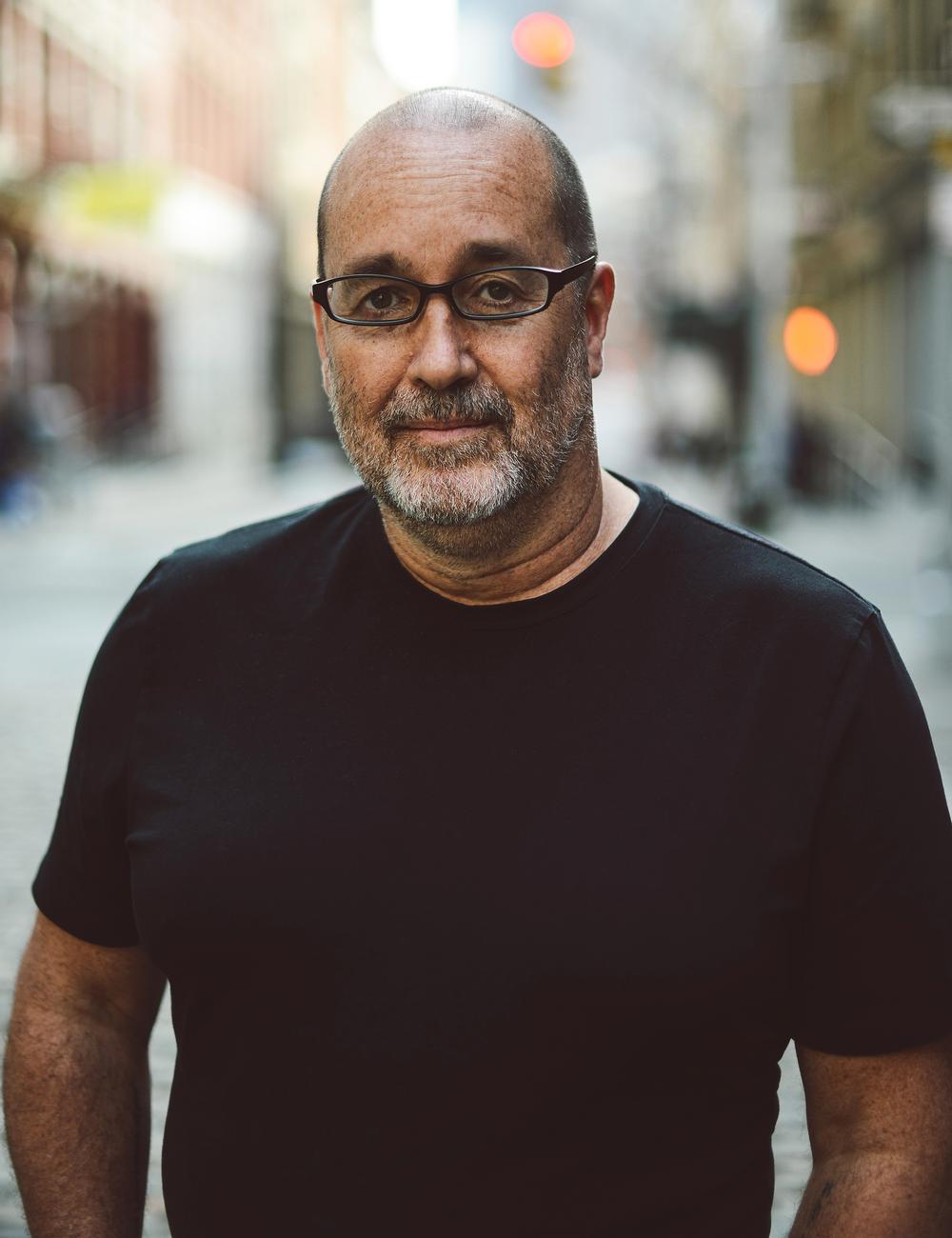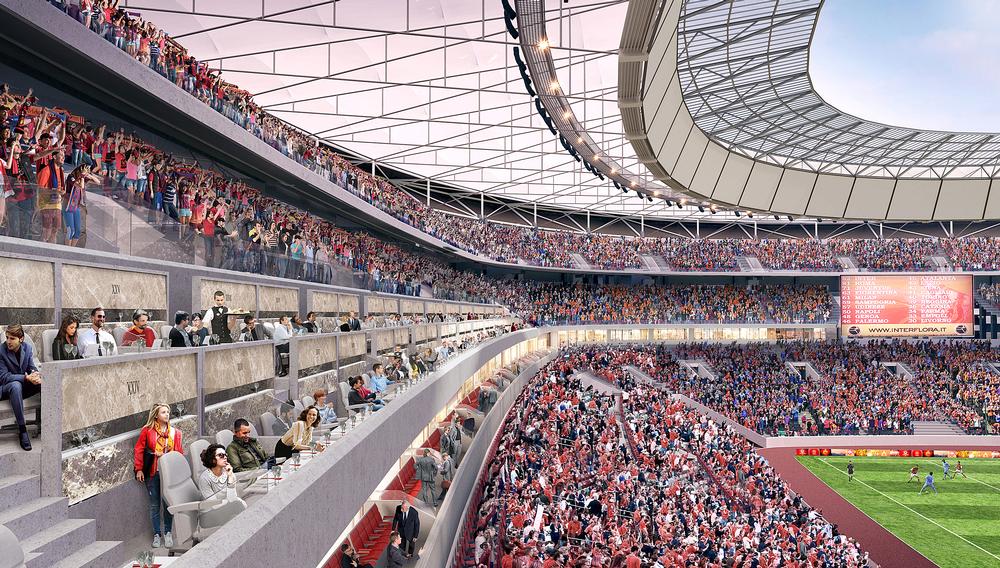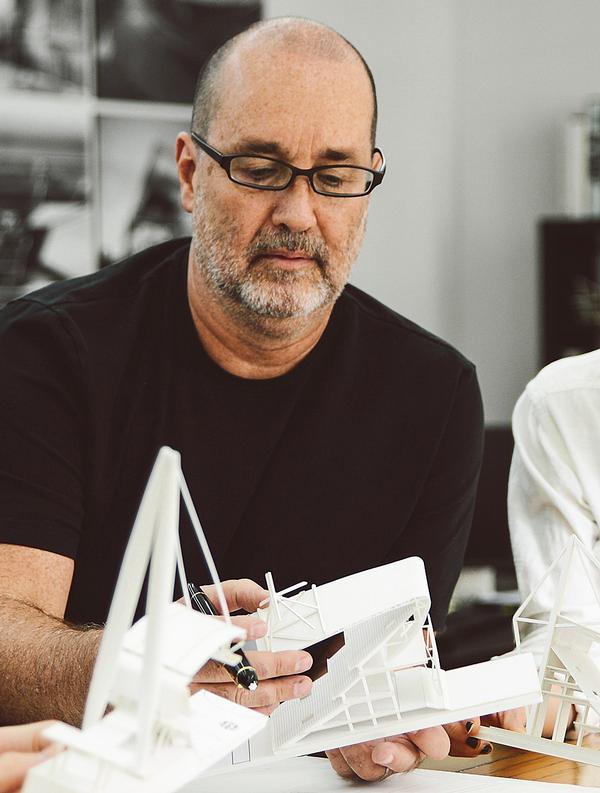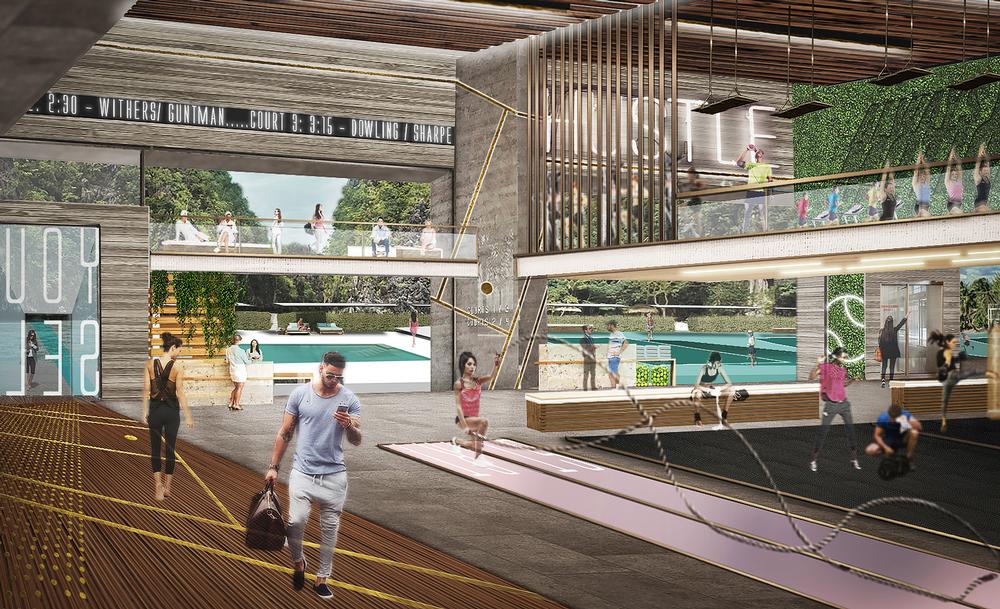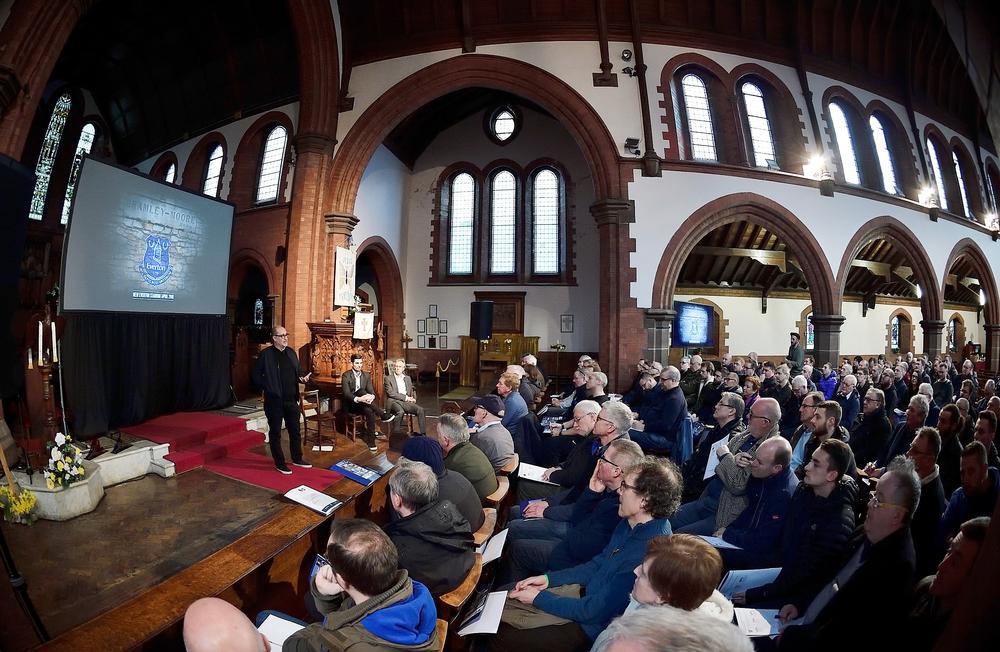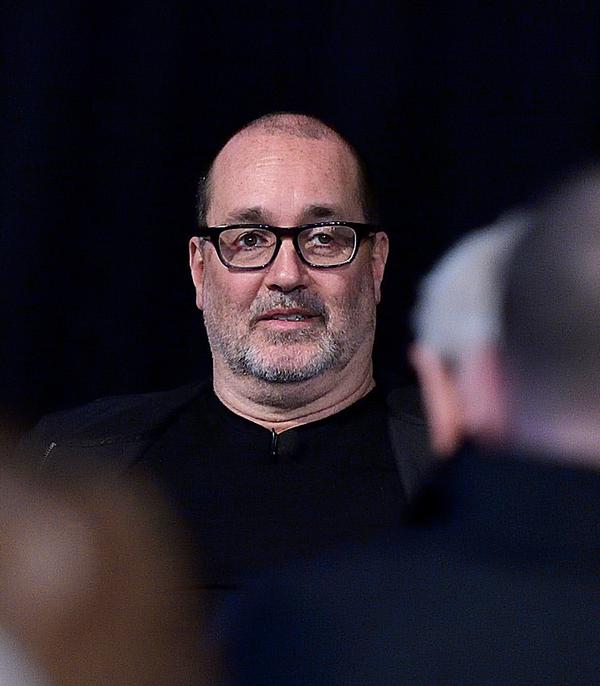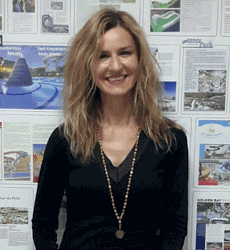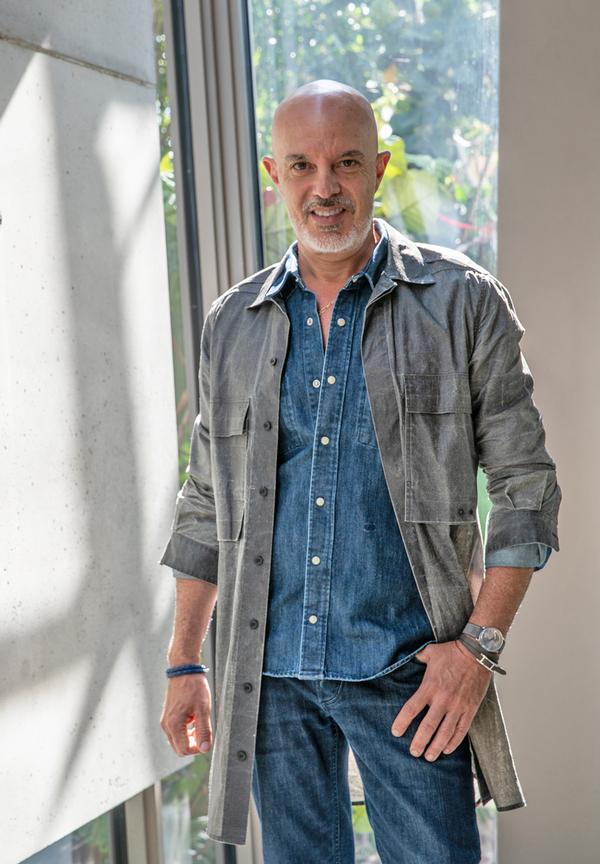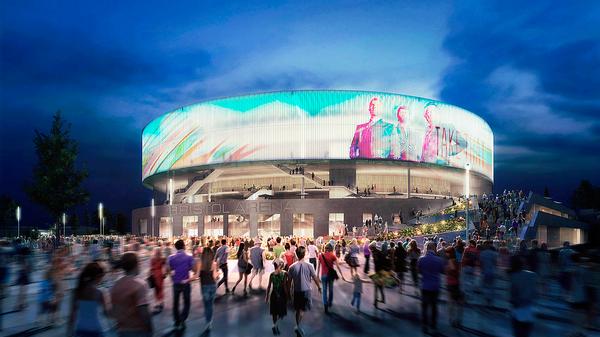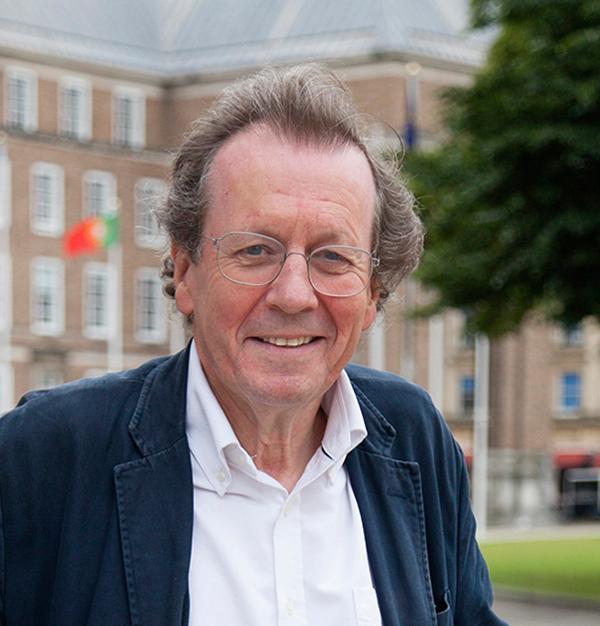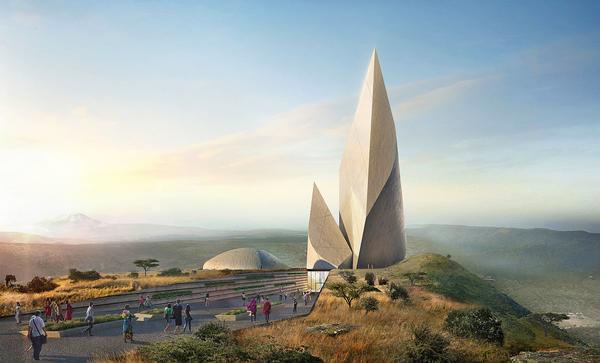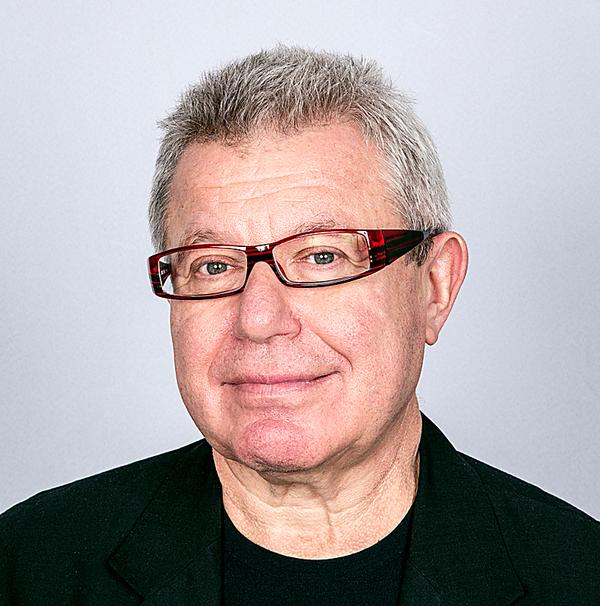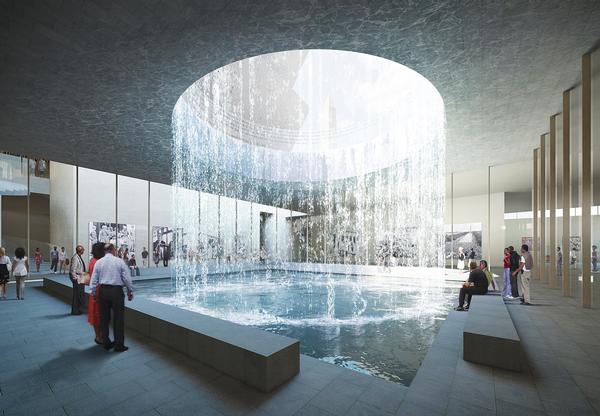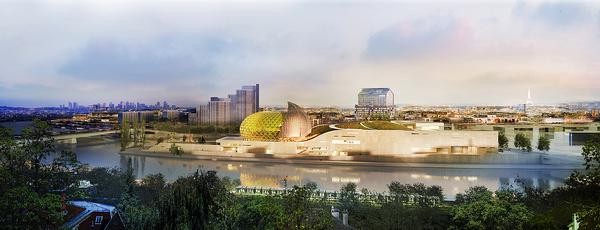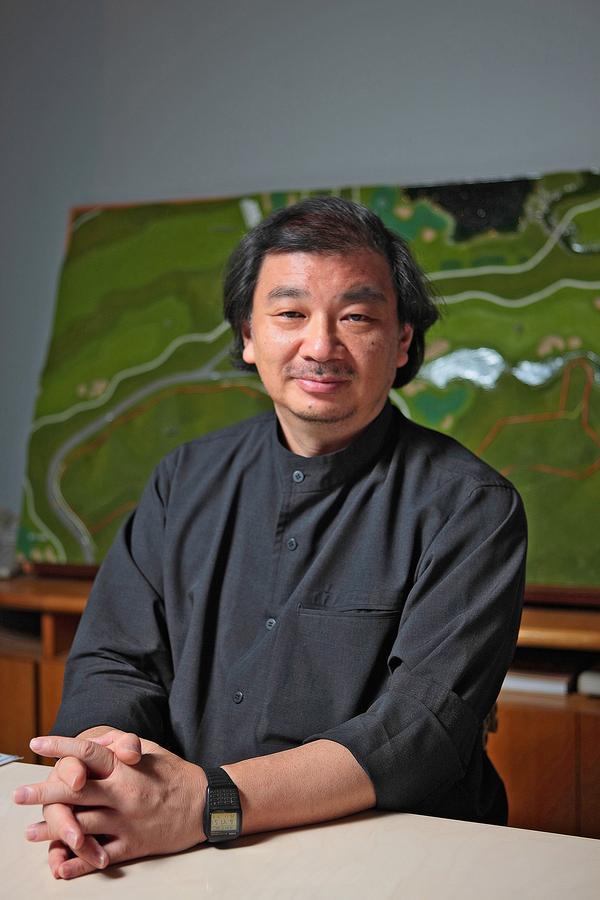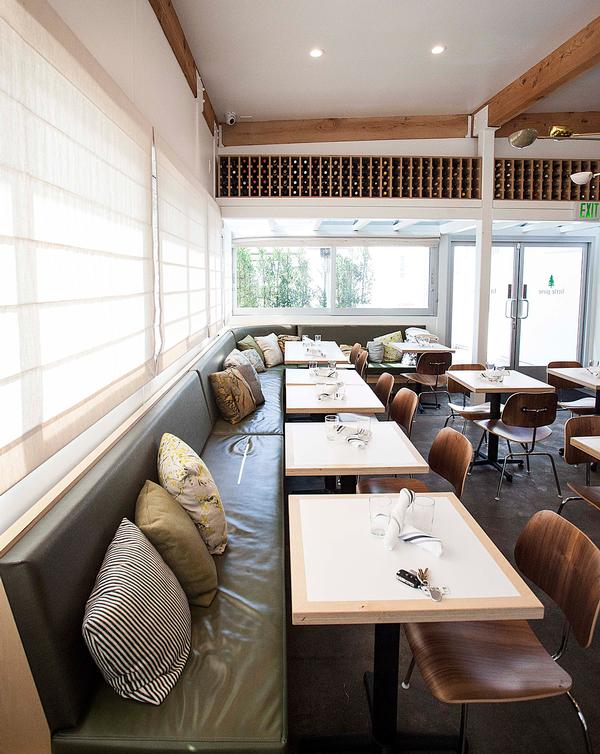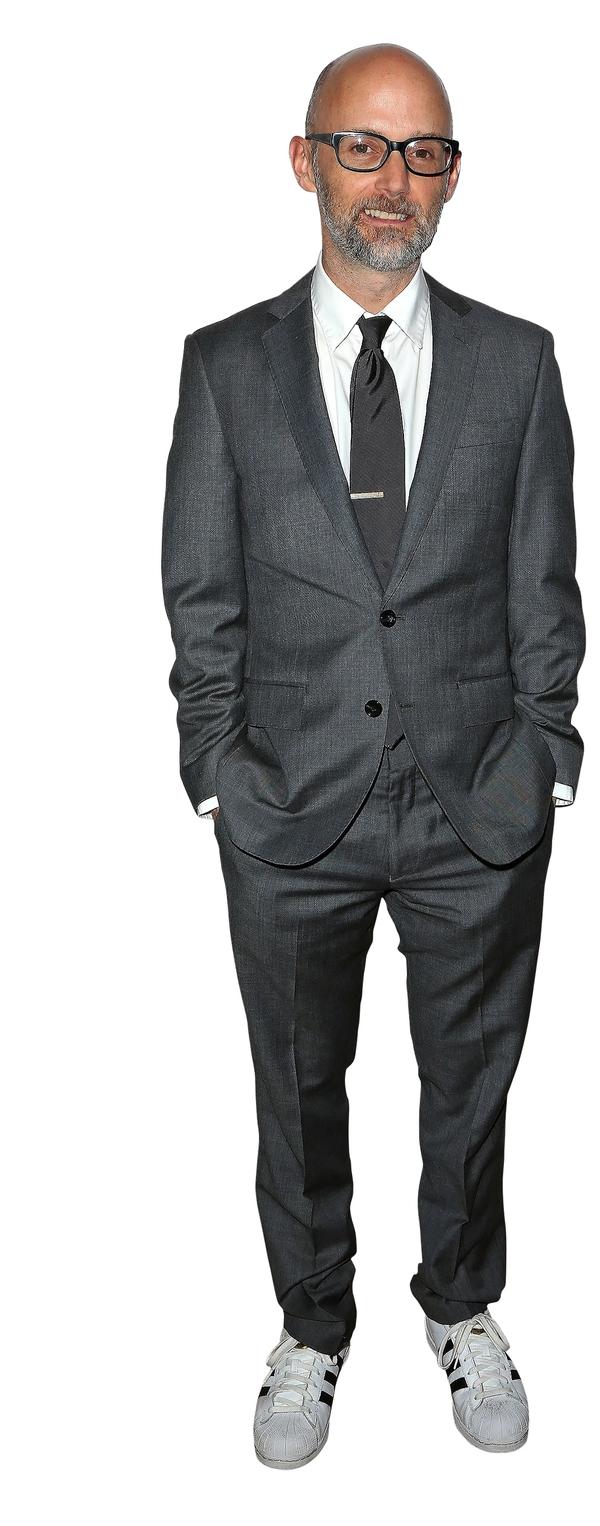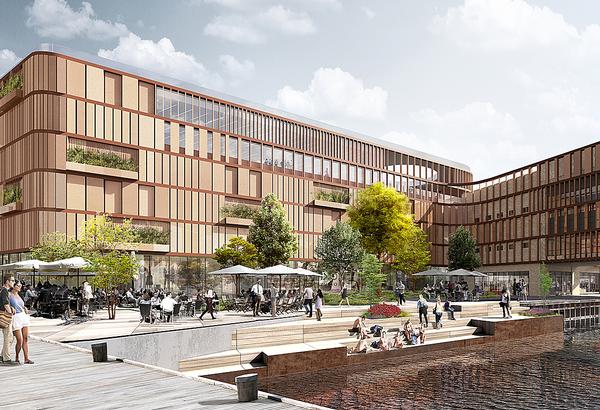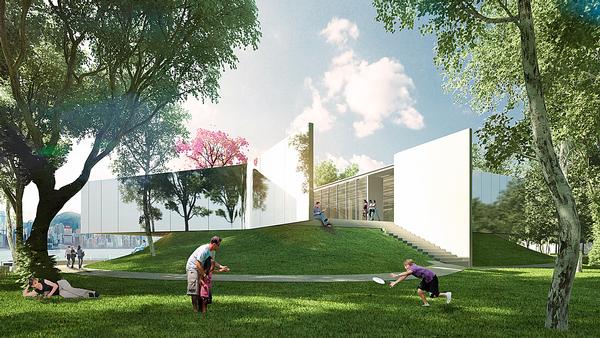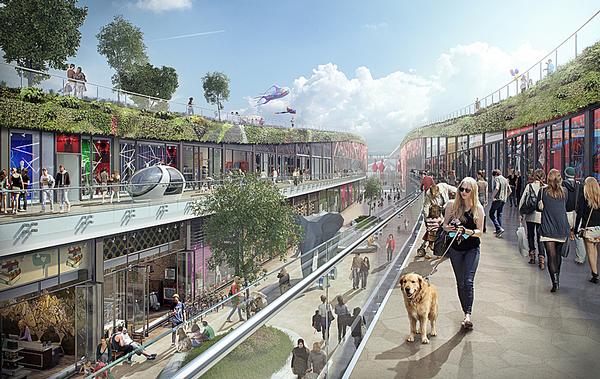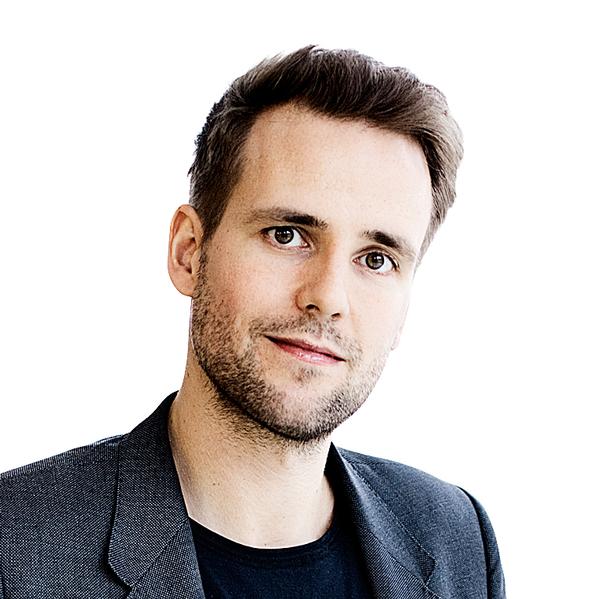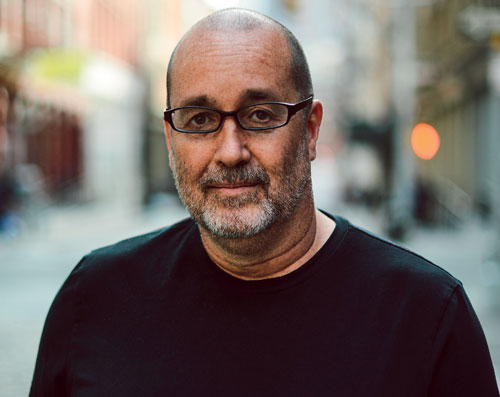Interview
Dan Meis
The sports architect talks to Kim Megson about the future of stadium design and offers an insight into his hotly-anticipated next projects
Colorado-born architect Dan Meis has worked on some of the world’s best-known and most respected sports buildings. As a senior designer at Ellerbe Becket, he played a major role in projects like the Japan Saitama Super Arena, the world’s first truly transformable stadium. Later, he co-founded the Sports and Entertainment division of NBBJ and led the design of the Staples Centre in LA.
In 2007, he established his own multidisciplinary design firm, MEIS, with offices in New York and Los Angeles. Their projects include hotly-anticipated stadiums currently in the works for AS Roma and Everton FC.
Meis’s buildings are ripe with symbolism and conceived as placemaking ‘billboards’ for the cities they occupy. “My designs,” he says, “must create a sense of place and an experience that is both memorable and also financially and environmentally sustainable.”
Here he speaks to CLAD about his approach to design and the challenges facing sports architecture:
Why did you decide to become a sports architect?
I didn’t start my career as an architect choosing to design stadiums. I was interested in large-scale architecture. And when I did come across this world of sports design in the 1990s, most architects were based in Kansas City, Missouri, which wasn’t somewhere I necessarily wanted to live.
I was intrigued, though, that there was a handful of people in one place doing all these stadiums around the country. Eventually, I was grabbed by the potential of this career route to create large public buildings.
Why did you decide to start your own firm, having worked for the likes of NBBJ?
When I first started working in sports, it seemed the only way I could progress was as part of a really big firm. Clients were looking for architects to steward these very precious and expensive stadiums, so typically they’d look for a very large firm that had very deep resources.
What I always struggled with was that large firms, while they’re great at the functional delivery of buildings, are not always out of the box thinkers. It’s just not in their culture to be truly innovative because they’re so big. I was always fighting with that and trying to maintain some identity, but when you have 300 experts it’s easy to fall into the trap of ‘design by committee’.
Eventually, I decided that running a smaller independent practice would allow me to throw myself into a project. The team owners that hire me get a consistency of thinking that is the result of me doing this for 30 years. They also get my full attention and passion.
The limitation is we can’t do 10 projects at once, so we have to know what project is next, because things can come and go, or stop entirely. Otherwise, the move has definitely been an advantage.
It’s interesting that the likes of Herzog and de Meuron and BIG are now getting involved with stadium design, with their more singular approach. I think it’s a good thing because they’re raising the bar for everybody by showing that design, creativity and innovation are invaluable. It breaks up the cartel of the big firms, which is something I’ve always been in favour of.
What are the greatest challenges facing sports architecture?
The advent of TV revenue and increasing influence of corporate sponsorship has put pressure on a club to be successful. They have to be more and more financially healthy and that drives the feeling that they need to get bigger and better. The cost of stadiums in general is becoming really crazy, and it’s largely driven around the proliferation of amenities to generate revenue in the buildings. Owners have a tendency to feel they need to find new ways for people to spend their money.
Ten years ago I was designing NFL buildings for several hundred million dollars, and I thought that was a ton of money. Now they’re regularly over a billion.
I think the biggest challenge if you make this kind of investment, whether it’s private or public, is ensuring you build something truly flexible and long lasting, rather than a throwaway building which will need to be replaced before too long. It’s one of the tragedies of the US that so many of our stadiums get replaced after 20 years, with teams threatening to move cities if they don’t get permission for a new stadium.
How can the design industry respond to this challenge?
It’s on us to be more creative and to resist the ‘bigger is better’ ethos. Not every club is able to do a half a billion or billion pound building, so our challenge is to make sure fans still have a great home and their team remains competitive.
Buildings need to be right-sized for their markets and to create a great fan experience. If there are other elements and amenities that support the business of the owner, then great, but first and foremost it has to be great stadium for sport.
I think we also have to respect the heritage of old stadiums, even when designing new ones. My personal favourite stadiums are the likes of Wrigley Field in Chicago and Fenway Park in Boston [both built in the 1910s]. Not because of the retro architecture movement but because I love the idea that these buildings have memories. I worry that some clubs, in different sports, underestimate that. For example, we’ve seen with West Ham how a club can be taken out of a historic building and into a new home [the former London Olympic Stadium] that just isn’t right. A move like that changes a club forever.
But the secondary amenities are a very important part of the stadium you are designing for AS Roma?
Absolutely. What I’m trying to say is that the 24/7 mixed-use approach is not a panacea for every stadium. It really does depend on the location, and whether there is enough critical mass for it to really come alive when the sport is not on. Is it a place people want to come to? It’s like any real estate equation in that sense.
One of my early projects was the Staples Center, which is pretty well known for the entertainment district around it. We knew that was a good idea for LA, because that’s a building that has 300 events a year. In contrast, a football stadium maybe has 20 games and 30 events a year, so it’s more difficult to assume you can make it a 365 day destination.
In the case of Roma, though, we have planned all these amenities around it because there just aren’t many examples of outdoor entertainment destinations in the city. We’ve often said it’s hard to find a good sports bar to watch a game. So in this case the approach is viable and makes perfect sense. It can add value to the city.
You have embraced Twitter in a big way. What appeals to you about it?
One of the things that has evolved for me over the past couple of years is an understanding of the power of social media. It’s really given me the opportunity to engage directly with fans [whose stadiums we are designing]. I’m pretty careful, because all of a sudden you can have 20,000 opinions in a heartbeat, but, all kidding aside, it’s been really influential. Once you trawl through all the responses, you get a real sense of their passion and engage with their depth of feeling that this is their home. Those emotions become a really important driver of the design.
You have said that you like to create iconic ‘postcard or billboard projects’. Is this something your clients demand?
Yes, it’s a growing pressure. If you go back 50 to 100 years, sports buildings were mostly utilitarian. They grew up over time. You’d build one stand and add on more as demand grew, so they were really functional. Now there’s a growing expectation that you create something symbolic for your particular location.
Is there a dream project you’d love to work on?
It will be hard to ever surpass the emotional connection I have to Everton and the fans there, but I would love to work with Manchester United on Old Trafford some day. The history of that building, having survived the destruction of WWII, and the unique global brand recognition make it truly one of a kind. It’s recognised globally as the pinnacle of English football and the opportunity to help to capture that in the experience and future of such a historic venue would be very exciting.
Stadio Della Roma
For the past five years, Meis has been involved in the development of a long-awaited new home for Serie A team AS Roma, which will replace the Stadio Olimpico, its home since 1953.
Finally, after numerous delays and a period of political wrangling, the project is inching closer to reality.
“The key approvals are now in place and we’re finishing up the final drawings and starting construction this year,” says Meis. “It’s been a long process – perhaps not all that surprising given the cliche that ‘Rome wasn’t built in a day’ – but the advantage of time is that it helps you make sure everything is extremely well thought out, particularly given the cost of these projects.”
The design of the 52,500-capacity Stadio Della Roma, which will be situated in the Tor di Valle neighbourhood, is heavily inspired by Rome’s much-loved Colosseum.
“Rome has an incredible architectural heritage and the Colosseum is the gold standard forever in terms of sports and entertainment buildings,” says Meis. “I’ve often used it at the start of presentations to demonstrate the power of an events building to improve the centre of the city. The AS Roma owner [the American billionaire James Pallotta] was very concerned that we draw on this ancient architecture for the stadium, but do it in a very contemporary way, so it’s not a Las Vegas-style wrapping of the Colosseum around a soccer pitch.
“Our solution was to create this very modern glass and steel stadium, veiled in what we call a ‘scrim’ of travertine – a floating stone screen that has a rhythm and materiality that references the stone walls and arches of the Colosseum. A glass and teflon canopy will protect the seating bowl, and nod to the Colosseum’s Velarium awning.”
Meis adds that his design also features “experiential references” to the club’s existing home ground, specifically with a very steep wall of fans in its South Stand (Curva Sud.)
The stadium will also be notable for its surrounding leisure amenities, with entertainment design practice Forrec masterplanning a district of piazzas, F&B, retail and a bustling market.
“This is an unusual project because Rome isn’t the kind of city you usually find a big mixed-use development like this,” says Meis.
“The stadium will be elevated on a plinth and grand stairs will take you up to it. These reference the kind of ceremonial architecture you find all over Ancient Rome, and they will form event spaces. We envision them as places where people come to watch sport on video boards, attend outdoor concerts or product launches.
“There haven’t been many new stadiums in Italy, apart from Juventus’s, since the World Cup back in 1990. So we had to really think about how to develop a truly state-of-the-art, modern stadium with the kind of amenities and the experiences you expect. I think we’ve managed to do that.”
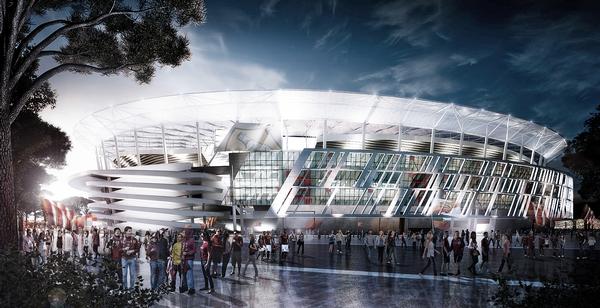
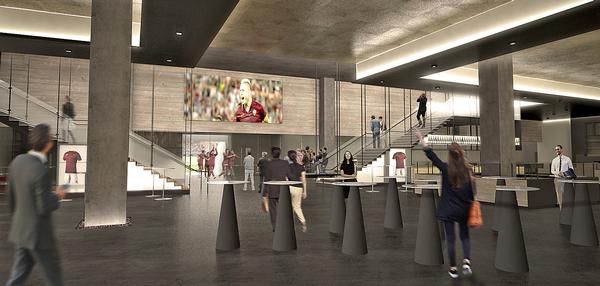
Sharapova/MEIS
Tennis star Maria Sharapova has joined forces with Meis to start a new design venture creating “inspirational” health, fitness, sporting and wellness facilities for the hospitality sector.
Inspired, in part, by hotelier Ian Schrager’s boutique hotel revolution, the pair are already in talks to create branded experience-led training venues for hotels, resorts and sports clubs that will help budding and professional athletes reach their peak performance.
They will provide design services, operational consultation and licensing advice for a wide range of facilities – from large-scale tennis resorts to individual hotel fitness rooms and spas focused on well-being and recovery from injury.
“The concept all goes back to an idea I had a few years ago,” Meis explains. “And that is that while sports architects are really good at thinking about how sports venues affect the fan experience, we don’t always think a lot about the players’ perspectives on the venues.
“The idea came back to me after following Maria on social media, because I saw she had a really strong sense of design and ideas about architecture, and I reached out to collaborate.
“From the start, she talked about how she had grown up playing tennis since childhood, but always found that the training places where young players spend so much of their lives aren’t particularly inspirational. So that became our starting point.”
Meis says that the duo are considering what inspires an athlete to train and become world-class, “and how architecture should play a role in that – the same way a university inspires a student or a studio inspires an artist.”
He compares the approach to the one successfully adopted by Schrager in the 1980s when he introduced the world to the boutique hotel lifestyle with his Morgans brand.
“When he created that wave of boutique hotels, he really changed that industry,” Meis says. “It was about curating experiences – from the uniforms of the staff to the stationery, the music, the smells.
“At the moment, the fitness centre in the average hotel tends to be a leftover space they just put some equipment in as almost an afterthought. We want to change all that. We’ll use integrated landscapes and a lot of natural materials to communicate a green healthy lifestyle.
“While it’s not rocket science – there are certainly health and wellness clubs that have figured this out – we think we can bring another level of design perspective to it.”
Meis reveals the pair are already in talks with potential partners and hope to have “one or two” projects underway by the end of this year.
The collaboration is tentatively called Sharapova/MEIS, but the architect says it could be renamed Unstoppable after Sharapova’s recently-published autobiography.
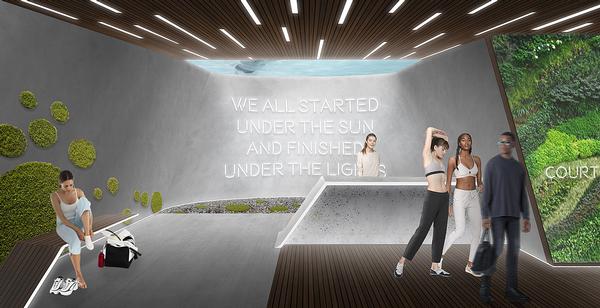

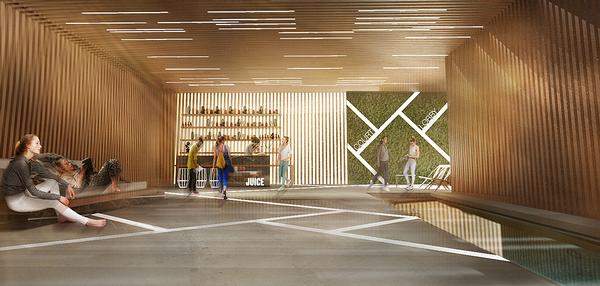
Bramley Moore Dock, Everton FC
Back in 2016, Meis was named the architect tasked with designing a new home for English Premier League club Everton FC, which will be situated in Liverpool’s historic Bramley Moore Dock. Fervent speculation about his plans has built up ever since, and the first renderings are due shortly.
Meis says his aim is to “embrace the future of English football without totally forgetting the past” – avoiding the pitfalls that have befallen clubs such as West Ham when moving away from a much-loved home.
Admitting he feels “a huge responsibility” at the task of creating a replacement for Goodison Park, the team’s home of 126 years and one of the world’s oldest purpose-built football grounds, he says, “A major part of the challenge is how do we take somewhere that has been this magical place and move it somewhere else?
“There’s a cautionary tale with a lot of the new UK sports buildings. Clubs have moved to new venues that have none of the sense of history or the spirit of where they were before,” he expands. “I think what we’re seeing with the West Ham backlash, for example, is that you can have a shiny new stadium, but if it’s not a great football venue it is going to face challenges.”
The architect pledges that Everton will avoid this trap with its move across the city.
“From the very first time I was at Goodison, I recognised the importance of the idea that this building has a memory and a long incredible history has been enjoyed there,” he says. “The energy of the place and the love for the experience was something I can’t describe. We have specific ideas about bringing physical pieces of the stadium with us to the new ground. Certainly references will be made. We’re not going to do it in a copied, cliched way, but we will create moments where people will know this is from Goodison.”
Meis describes Bramley Moore as “a dream site” for an architect.
“The biggest opportunity is to be more connected to the centre of Liverpool, and to have an iconic location right along the Mersey. However, it has its challenges beyond the design considerations. This is a World Heritage Site, a dock rather than a wide open piece of land, and a precious front door to the city. We have a great responsibility to create something that represents the city in a world-class way. Designing a new home for these fans is one of the most incredible experiences of my career.”




